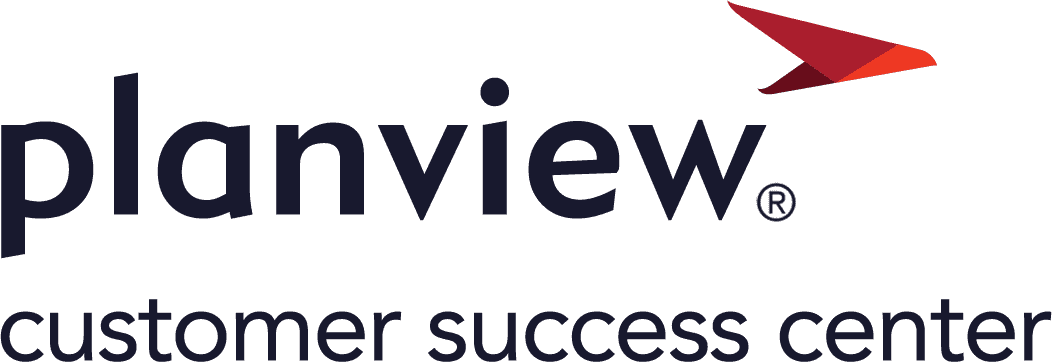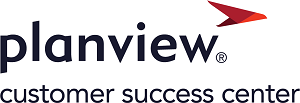Organizational readiness
- Last updated
- Save as PDF
Organizational readiness is a critical factor in the success of any change initiative, particularly those implementing new software along with other changes. It refers to the extent to which an organization is both psychologically and operationally prepared to implement new processes, technologies, and strategies. However, despite best efforts, there can be gaps that hinder this readiness.
Moving people through change is a journey that takes time. Prosci’s ADKAR® model reminds us that we must drive change one person at a time. Every individual experiences change differently, so leaders must be able to speak to changes from various perspectives to help shift individuals from resistance to “This is how we do business!”
Journey for the people side of change
To move smoothly and successfully to the desired future state, PEOPLE need time to work through the phases of change.
When introducing a new change, it’s critical to understand your current readiness gaps and create actionable steps to overcome resistance. This ensures a smooth transition and successful adoption of the change.
Common gaps in organizational readiness
Addressing these gaps requires a systematic approach and a willingness to adapt. Continuous evaluation and feedback are key to navigating the complexities of organizational readiness and achieving desired outcomes.
| Gap | Solution |
|---|---|
|
Communication is the lifeline of change management. Gaps often exist because the purpose or the details of the change are not adequately communicated across all levels of the organization. |
Develop a comprehensive communication plan that includes regular updates, clear messaging, and feedback loops. Ensure that communication is two-way and there are multiple channels available for employees to ask questions and voice concerns. |
|
Another common gap is the failure to provide adequate training and resources needed for employees to understand and adopt the change. |
Identify the training needs and develop tailored training programs. Provide access to resources such as the University of Planview, tailored internal process job aids, and support workshops. Encourage a culture of continuous learning and support. |
|
Change initiatives can falter if leaders and sponsors are not visibly and actively supporting the change. |
Engage leaders at all levels and ensure they are aligned with the change objectives. Provide them with the tools and training needed to lead effectively. Regularly monitor their involvement and impact. |
|
Resistance can arise from fear of the unknown, loss of control, or simply discomfort with new ways of working. It’s essential to address this resistance proactively. |
Involve employees in the change process from the beginning. Use change champions to advocate for the change and share success stories. Address fears and concerns through open dialogue and provide support mechanisms such as counseling or assistance programs. |
|
Without proper metrics and measurement systems, and someone governing those metrics, it can be challenging to encourage adoption, track progress and identify areas needing improvement. |
Establish clear, measurable objectives for the change initiative. Implement performance measurement tools and regular review processes. Use data to guide decision-making and make necessary adjustments promptly. |
Your Planview change journey
As you implement and sustain your Planview platform, managing change will continue to be at the forefront of your efforts. As change experts at Planview, we’ve learned that technology changes are not always adopted without the proper people and governance changes.
All three elements – people, governance, and technology – must be in sync to successfully drive change and meet desired business outcomes.
To support you and your organization in leading change, Planview has developed a robust set of learning content and templates based on OCM best practices. Every change you implement will require a different level of change management and it’s important to remember that OCM is not a single line item with a start and finish date, but an ongoing journey for stakeholders. At Planview, we recommend embedding OCM tools and practices into your daily routine and regular project efforts; these are not set-it-and-forget tools.
Planview understands that not every organization has a change management office (CMO) or center of excellence (COE) to manage organizational change, which leaves many leaders and team members feeling like “accidental change managers.” Whether you’re new to the role or a seasoned professional change leader, Planview OCM templates and resources are designed to help you quickly get started without having to re-create the wheel.
While a large-scale project may require a more robust, thorough approach (including a readiness assessment and role-based change stories), these simple change management plan steps can be used whether you’re pressured for time or capacity, or just want to implement a light OCM touch. Then, you can layer on additional techniques as needed to support the change.
-
Step 1: Understand the why – build a Change Story | Planview OCM Community: Creating Your Project Change Story
-
Step 2: Know your audience – conduct a stakeholder analysis (take it up a notch by adding an ADKAR® analysis)
-
Step 3: Build awareness – create a communication plan
Not familiar with these techniques? No problem! Read on to learn more!
Ready to assess the change and create a change plan for your organization? Check out our Planview OCM Resource Library which includes practice templates and resources to support all the activities in your Planview change journey.
Adoption readiness
| Step 1 | Step 2 | Step 3 | Step 4 | Step 5 | ||||||||||||||||
Define your readiness approachTo determine the business readiness approach, change leaders will need to:
Example roles and responsibilities to support business readiness
|
Communicate your readiness plan*Once your readiness approach and plan has been defined, communicate the plan and timeline to relevant stakeholders. At minimum, your communication should include the following:
*will be repeated at multiple points |
Assess and build organizational readiness
Readiness assessment exercise
Download our free template for the full readiness assessment: Understanding Your Adoption State of Readiness
|
Conduct readiness checkpoints
Survey exerciseA change survey is a great way to capture the sentiment of your audience and help you drive your change management initiatives in the most effective direction. Starting with a baseline survey early is important to understand where your audience is beginning their journey. Have they heard about the change at the water cooler? Do they already have an opinion or concern you may need to address? Continue to survey teams often to show leadership is engaged and teams are supported. Survey data can be used to provide a holistic view of change impacts, identify areas of opportunity in your current state, and help you design a better future state for your internal and external customers. Prosci: Using The ADKAR® Model To Measure Change Success
Example guidelines for completing a survey
View our sample survey questions to get started. |
Identify actions to address readiness gaps*
*will be repeated at multiple points |
Does assessing your organizational readiness sound like a daunting task? Let Planview help! Continue on to learn about our adoption and capabilities assessment, which is a great no-cost opportunity at any stage in your Planview maturity journey.
Next step: Adoption and capabilities assessment




